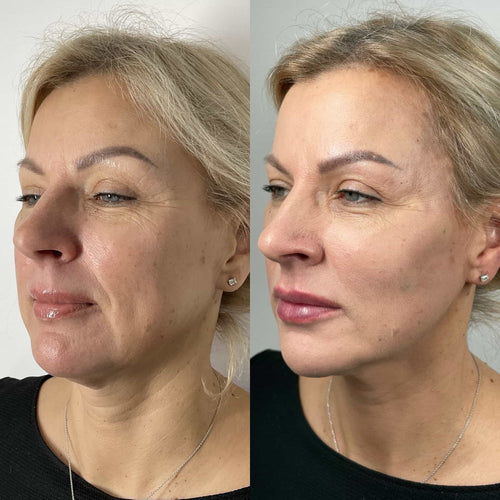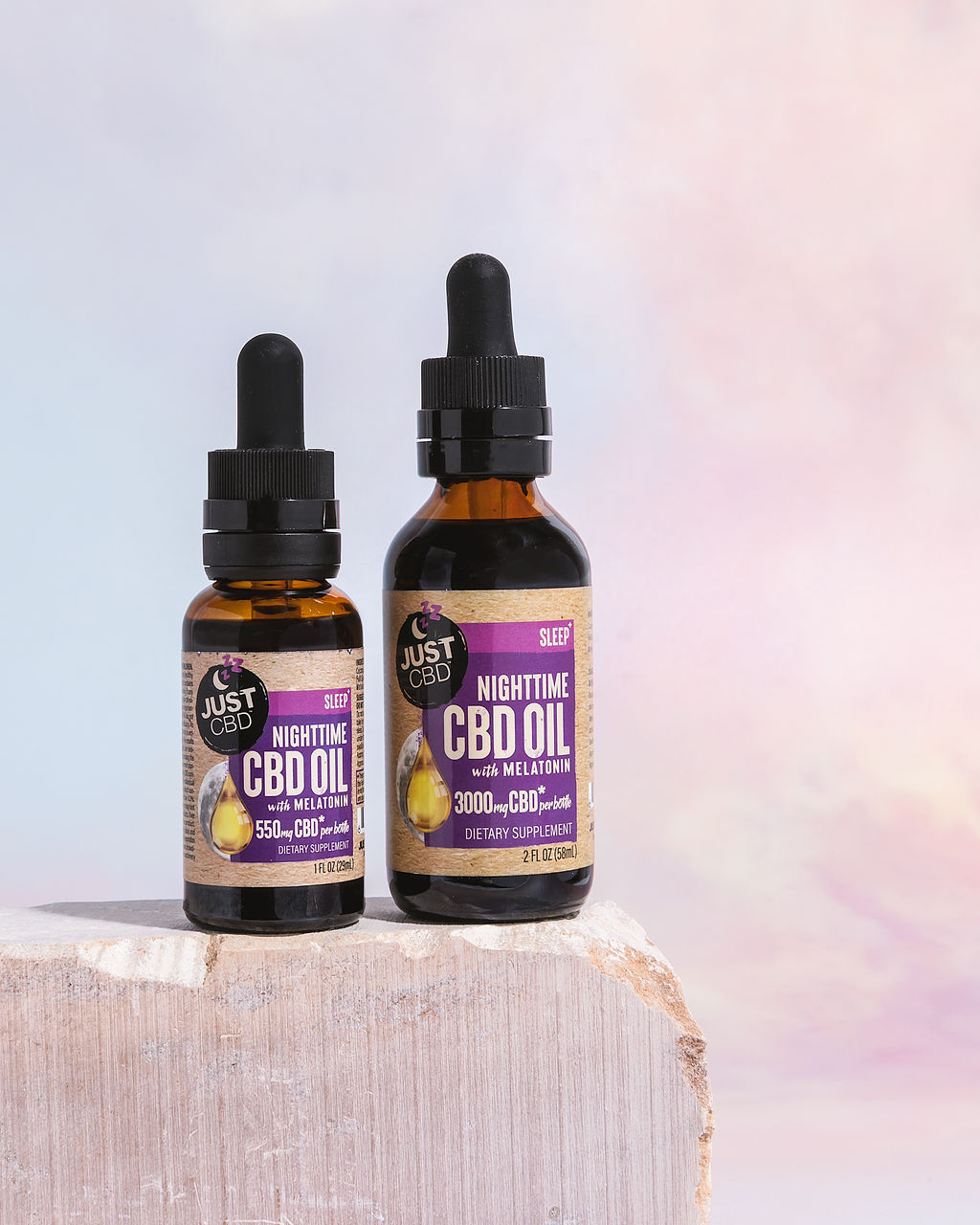Get the Facts on Dermal Fillers at It’s Me and You Clinic
Understanding Smoker’s Lines
Smoker’s lines, also known as perioral wrinkles or lip lines, are a common sign of aging and smoking habit. These fine lines appear around the mouth and lips, radiating outward like spokes on a wheel.
The primary cause of smoker’s lines is repetitive muscle contraction. When you smoke, you constantly purse your lips, crinkle your nose, and squint your eyes due to inhaling and exhaling. This repeated action creates deep creases in the delicate skin around the mouth.
Smoking itself also contributes significantly to wrinkle formation. The harmful chemicals in cigarette smoke damage collagen and elastin, two vital proteins that provide skin with its structure and elasticity. This breakdown leads to premature aging, including the development of smoker’s lines.
Beyond aesthetics, smoker’s lines can be a sign of underlying health issues. They are often associated with chronic smoking, which is linked to various health problems such as lung cancer, heart disease, and stroke.
While these lines may seem permanent, they can be addressed through various treatments. Lifestyle changes like quitting smoking can significantly slow down their progression.
Topical creams containing retinol or hyaluronic acid can improve skin texture and reduce the appearance of fine lines. Dermal fillers are another option that can plump up the skin and smooth out wrinkles.
In some cases, laser treatments or microneedling may be recommended to stimulate collagen production and tighten the skin.
Smoker’s lines, also known as perioral wrinkles or lip lines, are a common sign of aging and smoking habits.
These vertical lines appear around the mouth, extending from the corners of the lips down to the bottom of the chin. They develop over time due to repeated muscle contractions caused by actions like smiling, laughing, pursing one’s lips, and, most notably, smoking.
The constant strain on the lip muscles weakens the skin and connective tissues, leading to the formation of these wrinkles. Smoking further accelerates this process by damaging collagen and elastin, the proteins responsible for skin elasticity and strength.
Recognizing smoker’s lines is relatively straightforward:
- Location: Look for vertical lines radiating from the corners of the mouth towards the bottom jawline.
- Appearance: They often resemble thin, etched lines that may become deeper and more pronounced with age.
- Severity: The depth and prominence of smoker’s lines vary depending on factors like genetics, lifestyle (smoking habits), sun exposure, and overall skin health.
Beyond the aesthetic impact, smoker’s lines can be a sign of underlying health concerns related to smoking.
If you notice these lines developing or are concerned about their appearance, it’s important to address both the underlying cause (smoking) and explore cosmetic solutions if desired.
Dermal Fillers for Smoothing Lips & Mouth
Dermal fillers are a popular non-surgical treatment used to smooth lips and diminish the appearance of lines around the mouth, often referred to as smoker’s lines or perioral rhytides.
These fillers consist of hyaluronic acid (HA), a naturally occurring substance in our bodies that provides hydration and volume to skin.
When injected into the lips or surrounding areas, HA draws water molecules, plumping up the tissue and smoothing out wrinkles. The results are immediate and can last anywhere from six months to two years, depending on the type of filler used and individual factors.
Here’s a closer look at how dermal fillers work for lip augmentation and smoothing smoker’s lines:
- Lip Augmentation:
- They can add fullness to thin lips,
- plump up the Cupid’s bow (the dip in the center of the upper lip),
- define the border of the lips, and
- create a more balanced and symmetrical appearance.
- Smoothing Smoker’s Lines:
- Dermal fillers can effectively reduce the appearance of these lines by adding volume and plumpness to the area,
- which helps to fill in the creases and create a smoother surface.
- They also stimulate collagen production, further improving skin texture and elasticity over time.
Dermal fillers can be strategically placed to enhance the shape, volume, and definition of the lips.
Smoker’s lines are typically fine vertical wrinkles that appear above the lip line due to repetitive muscle contractions from smoking or puckering.
Dermal fillers are a popular non-surgical treatment used to smooth wrinkles and enhance lip volume.
Smokers’ lines, also known as peri-oral rhytides, are vertical creases that appear around the mouth due to repeated muscle contractions from smoking or facial expressions. These lines can make the face appear older and less youthful. Dermal fillers can effectively reduce the appearance of smokers’ lines by adding volume and smoothing out the skin.
Dermal fillers typically contain hyaluronic acid (HA), a naturally occurring substance in the body that helps to hydrate and plump the skin.
Here are some types of HA fillers commonly used for lip and mouth augmentation:
- Juvederm
- Restylane
- Belotero
- Voluma
These fillers differ in their consistency and the duration of their effects. For example, Juvederm Voluma is a thicker filler designed to add volume to areas like the cheeks, while Restylane Silk is a thinner filler ideal for smoothing fine lines around the lips.
A qualified practitioner will assess your individual needs and recommend the most appropriate filler type and treatment plan.
Dermal fillers have become increasingly popular for enhancing and smoothing lips and the surrounding mouth area, often referred to as “smoker’s lines.” These fine lines and wrinkles around the mouth develop due to repetitive muscle contractions, smoking habits, sun exposure, and natural aging. Dermal fillers effectively address these concerns by adding volume and restoring a youthful appearance.
When choosing dermal fillers for lip and mouth smoothing, several factors need to be considered: type of filler, desired outcome, individual skin characteristics, and experience of the practitioner.
Hyaluronic acid (HA) fillers are a common choice. They attract and hold water, providing natural-looking volume and plumping effect. HA fillers are also reversible, allowing adjustments or removal if needed. Variations in HA filler formulations offer different properties, such as stiffness and longevity. Some popular brands include Juvederm, Restylane, and Belotero.
Poly-L-lactic acid (PLLA) fillers stimulate collagen production over time. They are suitable for addressing deeper wrinkles and lines and provide a longer-lasting result than HA fillers. Results typically become more noticeable weeks after treatment as collagen is produced.
The desired outcome plays a crucial role in selecting the right filler. For subtle lip plumping, a softer HA filler might be ideal. To address deeper smoker’s lines, a firmer HA or PLLA filler may be more appropriate.
Individual skin characteristics, such as thickness and sensitivity, should also be considered when choosing a filler. A practitioner will assess your skin type to determine the most suitable filler and injection technique.
Ultimately, consulting with an experienced and qualified aesthetic practitioner is essential for selecting the right dermal fillers for lip and mouth smoothing. They will evaluate your individual needs, discuss your goals, and recommend the most appropriate treatment plan tailored to you.

Experienced Practitioners Near Dorking, Surrey
Finding a qualified and experienced practitioner for cosmetic treatments like lip fillers or treatment for smoker’s lines around the mouth in Dorking, Surrey can seem daunting.
Start your search by looking for practitioners who are fully qualified and registered with a reputable body, such as the General Medical Council (GMC) for doctors or the Joint Council for Cosmetic Practitioners (JCCP).
Online directories can be helpful, but don’t rely solely on them.
Check reviews from previous patients on platforms like Google Reviews, RealSelf, or Trustpilot. Look for consistent positive feedback about the practitioner’s skill, artistry, and patient care.
Consider looking for a practitioner who specializes in facial aesthetics. They will have specific training and experience in addressing concerns like smoker’s lines and lip augmentation.
Before booking a consultation, browse the practitioner’s website or social media pages to see examples of their work. Pay attention to the naturalness and harmony of the results they achieve.
During your consultation, don’t hesitate to ask questions about the practitioner’s qualifications, experience, the types of fillers they use, potential risks and complications, and aftercare instructions.
It’s essential to feel comfortable and confident in your chosen practitioner.
Remember that cosmetic treatments are a personal decision. Take your time, do your research, and choose a practitioner who aligns with your expectations and values.
Explore Botox Treatments by Contacting Dr. Laura Geige
Finding an experienced practitioner for lip and mouth fillers near Dorking, Surrey, can seem overwhelming with so many options available. Here’s a breakdown of key factors to consider when selecting a clinic:
Experience & Qualifications:
Prioritize practitioners with demonstrable experience in dermal fillers, specifically those targeting the lips and mouth area. Look for qualifications such as GMC registration for medical doctors or a relevant nursing qualification coupled with specific filler training certifications.
Before & After Portfolio:
A reputable clinic will showcase a gallery of before-and-after photos demonstrating their artistry and the types of results they achieve. This allows you to assess their aesthetic style and see if it aligns with your desired outcome.
Consultation Process:
A thorough consultation is crucial. The practitioner should take the time to understand your goals, discuss potential risks and benefits, and address any concerns you may have. Be wary of clinics that seem rushed or pressure you into making a decision.
Product Quality:
Inquire about the specific brands of dermal fillers they use. Reputable clinics prioritize high-quality, FDA-approved products from trusted manufacturers. Ask about the hyaluronic acid concentration and type used as this can influence results.
Reach Dr. Laura Geige at It’s Me and You Clinic Right Away
Clinic Hygiene & Safety Standards:
Ensure the clinic maintains strict hygiene protocols and follows safety guidelines for administering injectables. Look for a clean, comfortable environment with properly sterilized equipment.
Patient Reviews & Testimonials:
Online reviews and testimonials can offer valuable insights into others’ experiences with the clinic and practitioner. However, be critical and consider the source; focus on detailed feedback rather than generic praise.
By carefully considering these factors, you can increase your chances of finding a qualified and experienced practitioner in Dorking, Surrey who will help you achieve your desired lip and mouth filler results safely and effectively.
Prince and Flower My Mental Health Rocks MS Style and Grace Bye Bye Belly Blog Azmia Magane

















